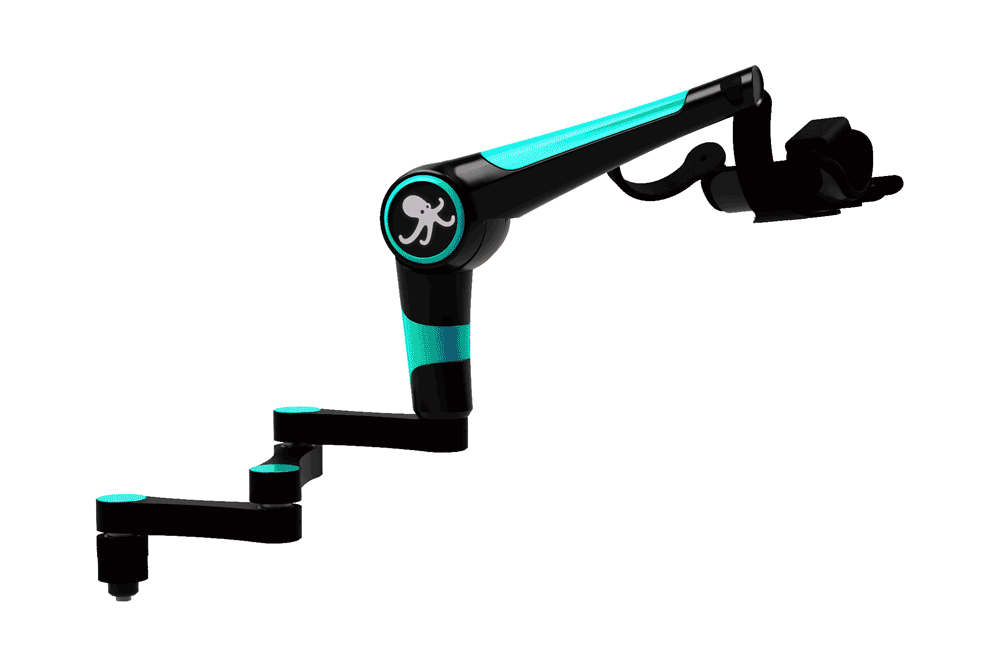Customisation has for long been used in fashion or design, but it is still rare to have a custom option on a medical device. Yet, there is a reel need from users. Beyond aesthetics, why does the appearance of medical devices really matter?
When customisation gets to medical spheres
Having a bag, a sweater, a cup with your name or the colors of your choice has become usual. Customisation has been creeping into our consumption patterns for several years now. At first it was a luxury option, but now it is accessible to all and meets the demands of consumers looking for a personalized customer experience.
More than just a trend, personalization has already been adopted in the medical environment, in certain fields.
The most meaningful is its use in pediatrics, where friendly colors and shapes reassure sick children in a medical environment that can be anxious to them. Stylized wheelchair wheels, wall frescoes, disguised staff: they find familiar comfort in the decor and customized equipment, with graphics that reassure and make them smile.
Some custom medical aids can even become real moral support: e-Nable, for example, creates arm prostheses, 3D printed that come in shimmering colors, OpenBionics, that has collaborate with Disney to create superheroes inspired designs or even U-exist and their contemporary motifs, allowing children to accept their technical aid better, which can be sometimes difficult for young people.
However, what turns out to be a real daily contribution for children is much less widespread for adults.
Customisation, a way of expression
Regarding medical aids, customisation has real virtues, and on several aspects. Appearance represents an impactful bonus for users who are looking for “something customizable, fun to look at”, “that doesn’t look medieval”, “not an extra bulky piece of equipment” : a search for aesthetics to hide from the coldness and complexity of current medical devices.
Customisation also allows you to appropriate the object, break down the medical barrier and make it an everyday ally. Customizing your device means expressing yourself, showing yourself visually to the world, and allowing users to show something other than your disability through their equipment. It helps feeling closer to your technical aid and helps to change the way people view disability.
As a manufacturer, offering customization options creates added value to the product. It’s about talking to the humans behind the pathologies, humans who like to have a choice, like when they buy clothes or furniture.
MAGIX II electric wheelchairs from New Live features a modern design and colors, customizable by the user upon ordering. It is also possible to customize the backplate of the chair. Other options, such as the USB ports available on the armrest or the removable tablet, make these products useful and comfortable. A winning combo that is very popular, even if it is still an exception.
Why then, despite such strong demand, are medical device manufacturers not embracing customisation more?

Customisation : obstacles and limits
We might think that with the rise of 3D printers, you would just have to choose a color to personalize your technical aid. But it’s not that simple: it is a multi-disciplinary intervention, at the crossroads of art and technology. And, sometimes, the imagination of some can come up against the technical constraints of others.
Manufacturers are generally aware of the demand for customization. But the offer of technical aids available in several styles also imposes very complex logistics in the manufacturing process.
Beyond the manufacturing costs, it is to consider that it is also necessary to plan for the storage of materials, the additional time given to customization, the communication between the order and the production, the production time… So many reasons that would slow down manufacturers, especially if these options must comply with the safety conditions required for medical aids. These accumulations of constraints therefore mean that today, offering customizable devices represents a challenge.
Despite these obstacles, ORTHOPUS wants to offer customizable devices. It is a challenge in terms of costs and logistics for a developing company, but it is essential for the well-being of users.

Choosing the appearance of your technical aid, personalizing it with your favorite film, game, football team or character is a way of asserting your personality, your identity on a daily basis. New manufacturing processes will make it possible to go further than simple color choices, to create new textures or interplays of materials. And what do you imagine on your dream technical aid?
Spécialisée dans la culture scientifique et technique depuis dix ans, Mona a une expérience au croisement de l’économie sociale et solidaire, de la fabrication numérique et du monde des fablabs. Ses compétences vont de la communication transmedia, à l’animation de communautés en passant par l’événementiel. Chez ORTHOPUS, elle met en œuvre et anime la stratégie communication et marketing.

